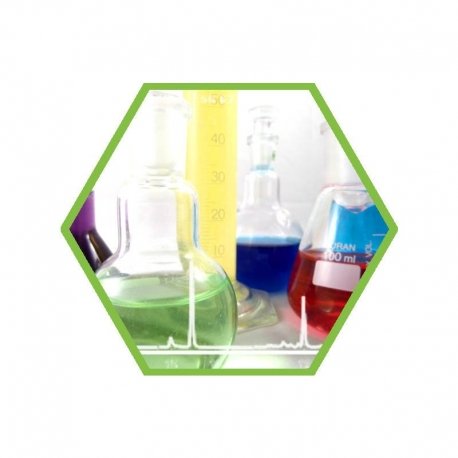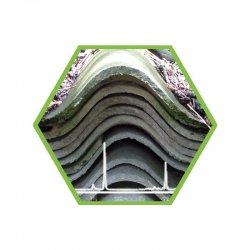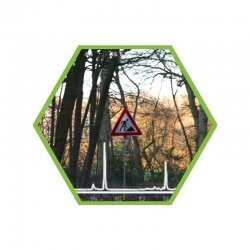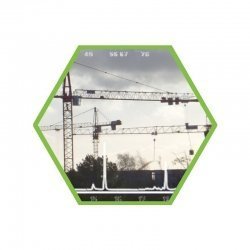Hexabromocycoldodecan (HBCD) in Styropor

Hexabromocyclododecan is often used as flame redardant in styropor
MOCZ1-1353
* prices = net prices
The hexabromocyclododecane (HBCD) slows the inflammation and delays the combustion. The substance was often used for expanded polystyrene. Since 2013 it is defined to be a persistent, poorly degradable organic pollutant. HBCD has four environmental properties: it is toxic, has a slow degradation rate, accumulates in organisms and it has a "long-range transport potential" which means that it is transported over long distances and it is already in the Arctic is detectable.
Was HBCD used as flame retardants there is no major risks as long as the material remains in the object. However, the product must be disposed separately from a HCBD concentration of 1000 mg/kg. 1000 mg/kg = 0.1%.
The usual amounts which are used is between 0.7% - 1.5% which is significantly above the threshold. According POP Regulation ((EC) No. 850/2004), the persistent organic pollutant content must be irreversibly transformed or destroyed. The destruction is usually by combustion in approved incinerator.
| analysis | organic contaminants |
| amount of sample | 30 g |
| Laboratory | PiCA GmbH |
| method | LA-GC-008.01 |
- Probenahme Material_de -
- sampling material -
- Liste der Parameter f. MOCZ1 - Parameterliste
- Probenprotokoll24 -






